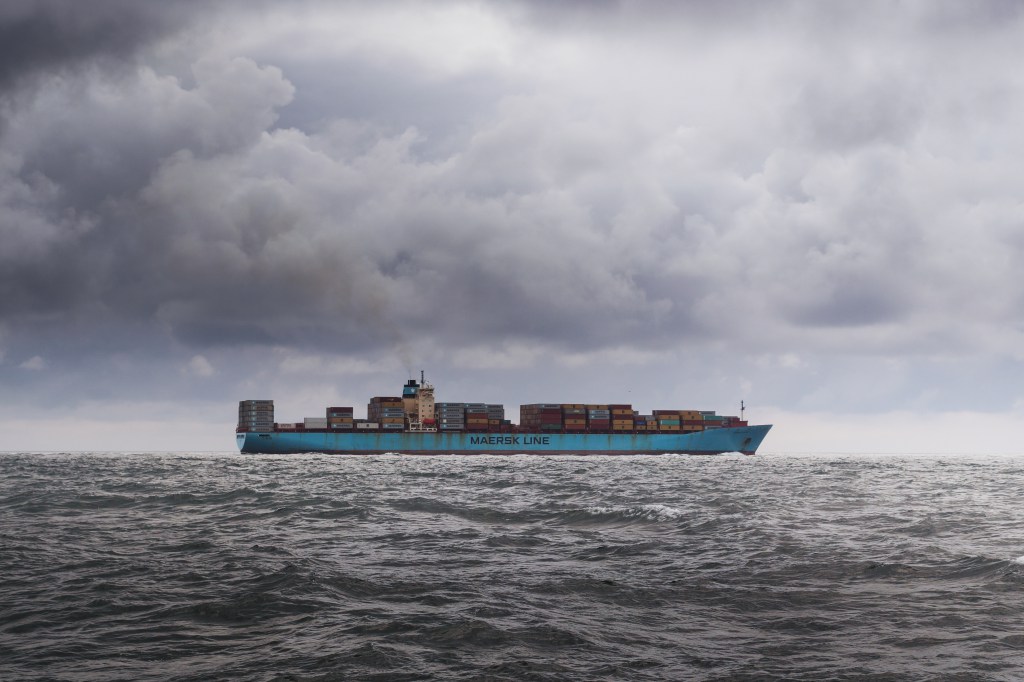Decode Casino stands out on the Australian iGaming scene as a polished, modern platform designed to offer smooth gameplay across pokies, live dealer tables, and regular promotions. Many players appreciate the welcoming interface and fast access to key features, which makes Decode Casino a comfortable space for both casual and seasoned gamers. Those looking to explore its full offering can visit Decode Casino, where the lobby opens to a colourful mix of titles, bonuses, and local-friendly payment options.
Brand Background
Decode Casino operates with an emphasis on simplicity and reliability, ensuring that the experience feels intuitive from the moment the lobby loads. The design centres around clean layouts, fast navigation panels, and game categories structured with Australian users in mind. Attention is also given to device versatility, allowing the site to run smoothly on desktops, mobiles, and tablets without compromising speed or graphics.
Game Selection
The gaming catalogue is one of the highlights of Decode Casino, offering a broad mix of pokies, table games, live sessions, and game-show-themed rooms. A rotation of featured titles keeps the front page lively, while deep subcategories make browsing effortless.
Before exploring a structured overview of the content library, the table below summarises the core gaming areas available to users.
Key Game Categories
Here is a quick summary of the game variety at Decode Casino.
| Category |
What It Includes |
Highlights |
| Pokies |
Classic, video, megaways |
Local favourites, new releases every month |
| Table Games |
Roulette, blackjack, baccarat |
Multiple rule variants and bet ranges |
| Live Casino |
Real-time dealers |
Popular studios with HD streams |
| Instant Games |
Keno, crash games, scratch cards |
Fast-paced, simple mechanics |
| Jackpots |
Fixed and progressive |
Large prize pools updated in real-time |
This overview illustrates the range available and shows why the lobby appeals to multiple player styles.
Software Providers
Decode Casino collaborates with well-known development studios to offer visually engaging pokies and crisp live experiences. Australian players often seek reliability and fairness, and the platform’s partnerships with reputable providers support this expectation. These collaborations also ensure continuous updates, fresh releases, and smooth compatibility across devices.
Bonuses and Promotions
Decode Casino features a structured promotion system tailored to reward regular activity. The welcome package presents a clear offer for newcomers:
- 100% match bonus up to AUD 500 on the first deposit.
- 50 free spins on selected pokies.
- 20% weekend reload bonus up to AUD 200.
- Daily cashback of 5% for active accounts.
This selection ensures that new and returning users can engage with repeated value. It is important for any casino review to highlight concrete figures, and Decode Casino maintains transparency in this department.
A short explanation helps clarify how these offers work in practice, while the following paragraph ensures a smooth return to the main narrative.
Decode Casino refreshes seasonal promotions regularly, allowing players to take part in special events such as holiday tournaments, leaderboard challenges, and themed spin-offs that tie into major pokies releases.
Payment Methods
Transaction flexibility is a must for Australian players, and Decode Casino accommodates this with a mix of traditional and digital options. Visa, Mastercard, Neosurf, and several cryptocurrency alternatives are supported, along with fast-processing e-wallets. Most deposits are instant, while withdrawals are handled with efficient timelines.
Deposit and Withdrawal Features
Before showing the list of payment benefits, it is worth noting that the service focuses heavily on keeping transaction steps simple for users.
- Fast deposits through bank cards, crypto, and prepaid vouchers.
- Reasonable withdrawal timeframes within industry-standard limits.
- No fees on most transactions.
- AUD-friendly cashier system.
- Clear onsite instructions for each payment type.
These points demonstrate why many players view the banking system as approachable and dependable.
To wrap up, Decode Casino seems mindful of building a predictable and well-structured payment experience, which suits the needs of Australian users who expect clarity and security.
Mobile Experience
Mobile optimisation plays a major role in the platform’s appeal. Decode Casino loads rapidly on both iOS and Android devices, with interfaces adapting neatly to smaller screens. Buttons, menus, and game thumbnails remain easy to navigate, creating an experience that mirrors the desktop version without crowding the layout.
Customer Support
Decode Casino provides responsive assistance via live chat and email, ensuring players receive timely help whenever guidance is needed. The support team maintains a friendly and professional tone, focusing on clarity and accurate information. This contributes to the overall sense of reliability and player comfort.
Loyalty and Rewards
Regular users can benefit from a loyalty tier system designed to add ongoing value. The programme typically grants perks such as higher withdrawal limits, personalised bonuses, and exclusive event access. Progression feels attainable, with each tier offering tangible enhancements rather than minor cosmetic add-ons.
Security and Fair Play
Decode Casino implements strong digital protection measures to safeguard user data and transaction details. Modern encryption protocols and responsible gaming tools support a trustworthy environment. These mechanisms help ensure that play sessions remain enjoyable, controlled, and secure.
Overall Impression
Decode Casino manages to combine visual appeal, streamlined navigation, and a diverse game library within a user-friendly structure. The platform is well-optimised for Australian audiences, offering bonuses with clear figures, straightforward banking options, and engaging content across multiple genres. Its focus on smooth browsing and dependable support further elevates the player experience.
Conclusion
Decode Casino emerges as a well-rounded platform that balances game variety, consistent promotions, and accessible payment methods. Its mobile compatibility, strong support lines, and thoughtful design create a welcoming environment for Australians looking for an enjoyable online gaming destination. With its commitment to both entertainment and reliability, Decode Casino earns the attention of players seeking a modern, polished iGaming home.
FAQ
What is Decode Casino?
Decode Casino is an Australian-friendly online gaming platform offering pokies, table games, live dealer rooms, and regular promotions.
Does Decode Casino offer bonuses?
Yes, new players receive a 100% bonus up to AUD 500 plus free spins, alongside additional ongoing promotions.
Is Decode Casino accessible on mobile?
Yes, the site is fully mobile-optimised for both iOS and Android devices.
What payment methods does Decode Casino support?
Options include Visa, Mastercard, Neosurf, e-wallets, and cryptocurrency selections.
Does Decode Casino have a loyalty programme?
Yes, players can progress through multiple tiers to unlock extra rewards and exclusive benefits.
Like this:
Like Loading...






